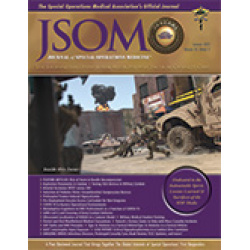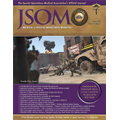Latest Products
Ultrasound Localization of Resuscitative Endovascular Balloon Occlusion of the Aorta in a Human Cadaver Model
Lopachin T, Treager CD, Sulava EF, Stuart SM, Bohan ML, Boboc M, Fernandez P, Bianchi WD, McGowan AJ, Friedrich EE 23(2). 73 (Journal Article)
Objective: Resuscitative endovascular balloon occlusion of the aorta (REBOA) is a method of gaining proximal control of noncompressible torso hemorrhage (NCTH). Catheter placement is traditionally confirmed with fluoroscopy, but few studies have evaluated whether ultrasound (US) can be used. Methods: Using a pressurized human cadaver model, a certified REBOA placer was shown one of four randomized cards that instructed them to place the REBOA either correctly or incorrectly in Zone 1 (the distal thoracic aorta extending from the celiac artery to the left subclavian artery) or Zone 3 (in the distal abdominal aorta, from the aortic bifurcation to the lowest renal artery). Once the REBOA was placed, 10 US-trained locators were asked to confirm balloon placement via US. The participants were given 3 minutes to determine whether the catheter had been correctly placed, repeating this 20 times on two cadavers. Results: Overall, US exhibited an average sensitivity of 83%, specificity of 76%, and accuracy of 80%. For Zone 1, US showed a sensitivity of 78% and specificity of 83%, and for Zone 3, a sensitivity of 88% and specificity of 76%. In addition, US exhibited a likelihood positive ratio (LR+) of 3.73 and a likelihood negative ratio (LR-) of 0.22 for either position, with similar numbers for Zone 1 (+4.57, -0.26) and Zone 3 (+3.16, -0.16). Conclusion: Ultrasound could prove to be a useful tool for confirming placement of a REBOA catheter, especially in austere environments.


 Español
Español 







